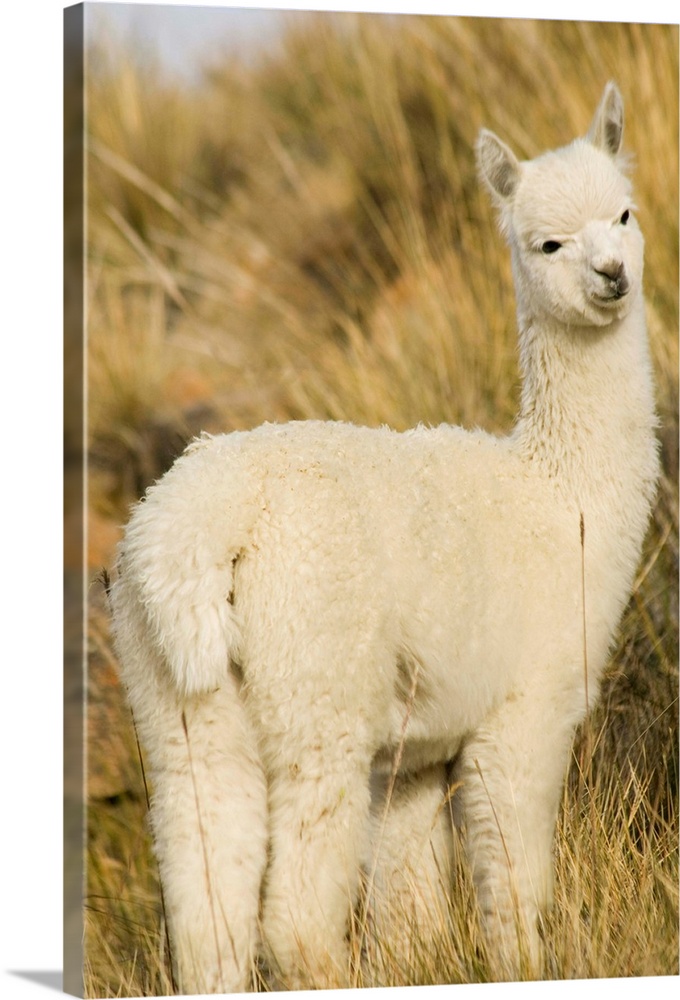
The Enchanting Baby Llama: A Comprehensive Guide to the Andean Gem
In the majestic highlands of the Andes, amidst towering peaks and verdant valleys, resides a captivating creature that has stolen the hearts of animal lovers worldwide: the baby llama. These adorable and endearing animals, known as "crias," embody the essence of innocence, curiosity, and playful charm.
Physical Characteristics
Baby llamas are born with a soft, fluffy coat that ranges in color from white to brown, black, or even spotted. Their large, expressive eyes, framed by long, feathery eyelashes, radiate a captivating innocence. Their ears, which are slightly pointed and covered in fine fur, twitch with curiosity as they explore their surroundings.
Their long, slender necks support small, delicate heads, while their bodies are covered in a thick, insulating coat that protects them from the harsh Andean climate. Their legs are long and slender, with cloven hooves that provide stability on the rugged terrain.
Behavior and Temperament
Baby llamas are inherently social animals, forming strong bonds with their mothers and other members of their herd. They are playful and curious, spending hours frolicking in the meadows and exploring their surroundings. Their gentle nature and affectionate demeanor make them ideal companions for both children and adults.
They are known for their gentle humming sounds, which they use to communicate with each other. These soft vocalizations create a soothing and calming atmosphere, making them a delight to be around.
Diet and Nutrition
As herbivores, baby llamas primarily feed on grasses, shrubs, and other vegetation found in their Andean habitat. They are known for their efficient digestive system, which allows them to extract maximum nutrients from their food.
During the first few months of life, crias rely solely on their mother’s milk for nourishment. As they grow older, they gradually transition to a diet of solid foods, grazing alongside their mothers and other members of the herd.
Health and Care
Baby llamas are generally healthy and robust animals, but like all young creatures, they require proper care and attention to thrive. Regular veterinary checkups, vaccinations, and deworming are essential for maintaining their health and well-being.
Their thick coats require regular grooming to prevent matting and parasites. Daily brushing helps distribute natural oils throughout their fur, keeping it healthy and shiny.
Cultural Significance
In the Andean cultures, llamas have long been revered as sacred animals, symbolizing strength, endurance, and abundance. Baby llamas, in particular, are considered a symbol of good luck and prosperity.
In many Andean communities, crias are used for ceremonial purposes, such as parades and festivals. Their presence is believed to bring blessings and good fortune to the community.
Conservation Status
Wild llamas are listed as "vulnerable" by the International Union for Conservation of Nature (IUCN), due to habitat loss and hunting. However, domestic llamas, including baby llamas, are not considered endangered.
Conservation efforts focus on protecting their natural habitats and promoting sustainable farming practices that support the well-being of both wild and domestic llama populations.
Conclusion
The baby llama is a captivating and enchanting creature that embodies the beauty and wonder of the Andean highlands. Their gentle nature, playful demeanor, and adorable appearance have made them beloved by people around the world.
As we continue to appreciate and protect these precious animals, we not only safeguard their future but also preserve a vital part of the Andean cultural heritage. May the enchanting charm of baby llamas forever inspire us with their innocence, curiosity, and the enduring spirit of the Andes.
